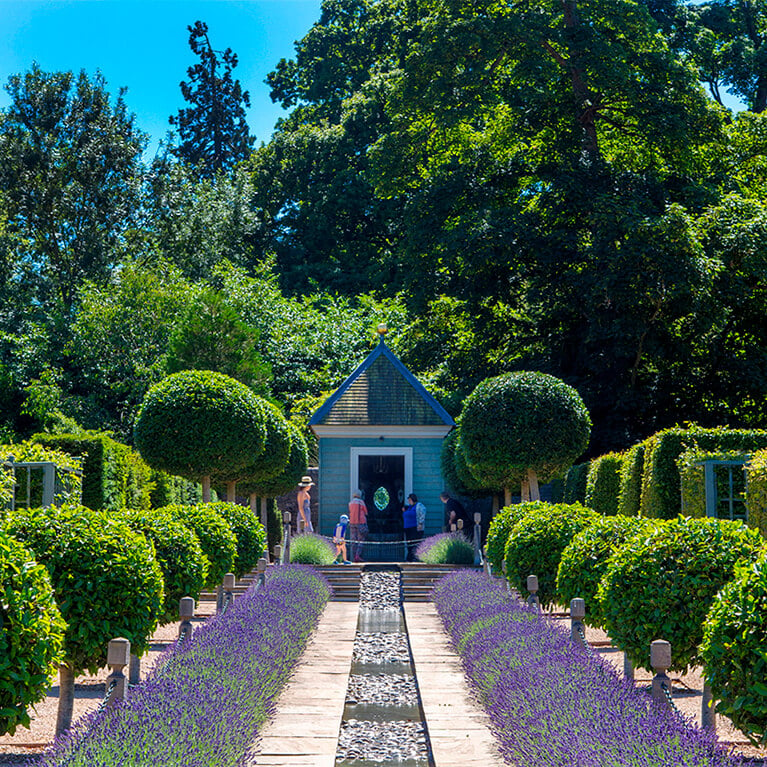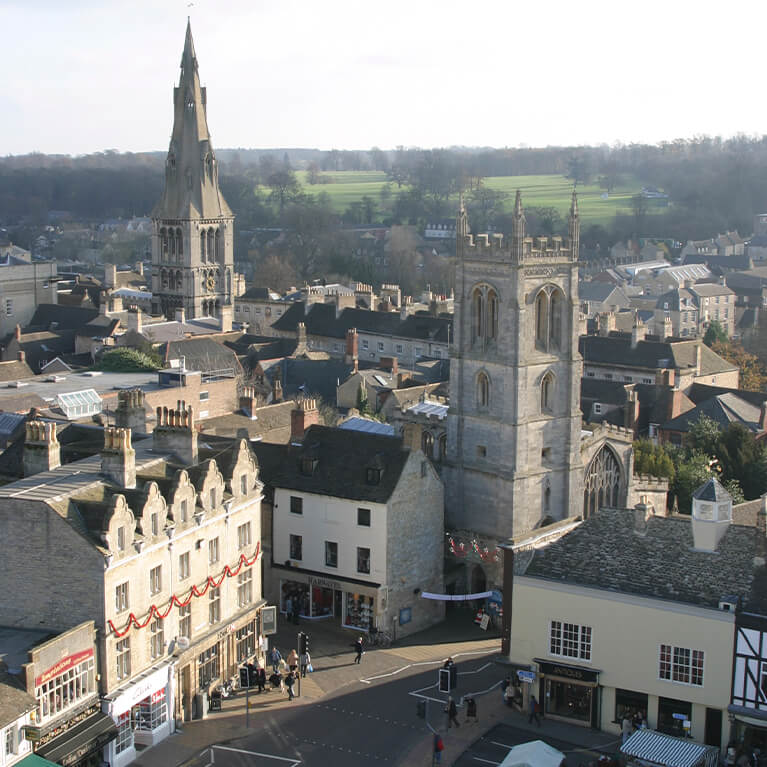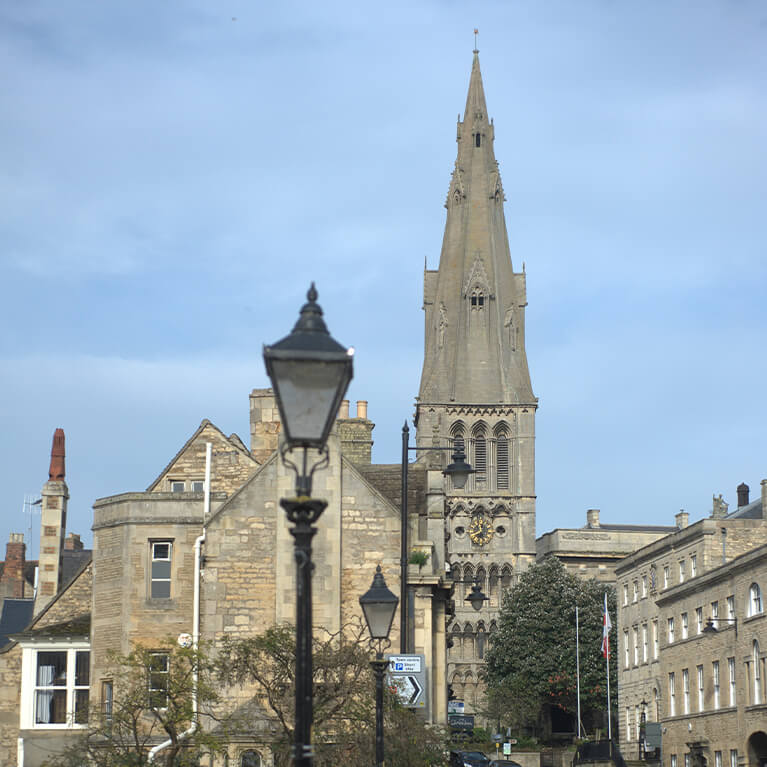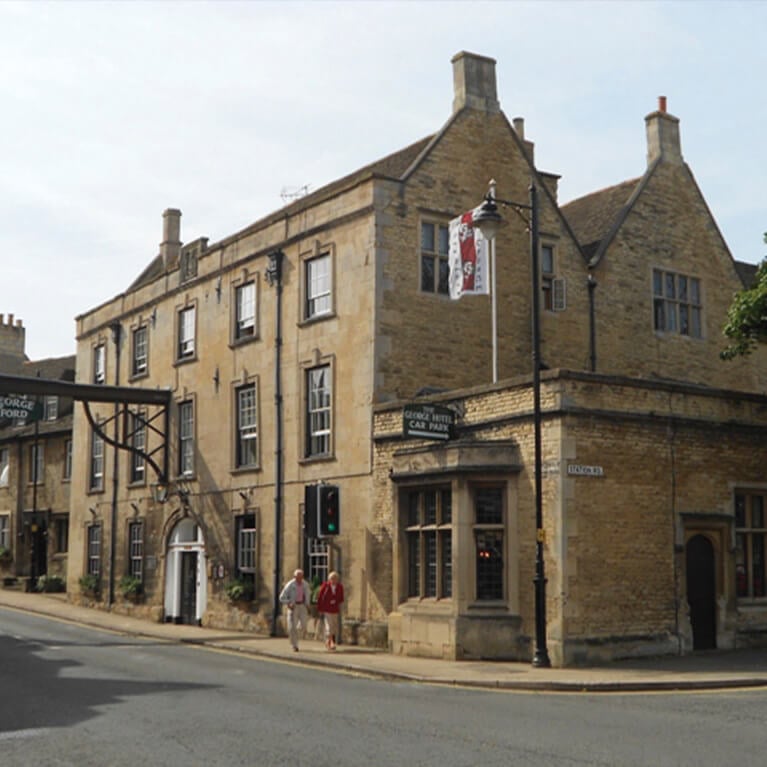bustling prosperous market town with quaint streets and delicious food
Stamford is praised for several different qualities, from its unique blend of history and Georgian architecture to its unique and quality shopping. Stamford won the supreme compliment from the Sunday Times newspaper as ‘Britain’s top place to live’ in 2013 and was proclaimed by Sir Walter Scott as “the finest stone town in England”, it was declared a conservation area in 1967 and has over 600 listed buildings of mellow limestone including five medieval churches. Stamford is unanimously considered a charming, character-filled and picturesque destination.
There is a thriving high street with coffee shops, restaurants and a vast range of retailers to tempt you. Stamford was named as having one of the best high streets on the country in 2023, ranking fourth out of 15 detsinations in the list, which was comprised by The Telegraph's UK destination experts. Thre is also a main street market on a Friday with a smaller Saturday market and once a fortnight there is a Farmers’ Market.
The popular Stamford Town Trail takes you through the market town exploring quaint passageways, main thoroughfares and market squares. Guided walks are also available with official guides. So whether the tranquil river walks, fine Georgian buildings or the more modern attractions captivate you, Stamford has something to charm everyone. Find plenty of places to eat, drink or stay and an interesting cultural heritage that attracts visitors from far and wide including the magnificent Burghley House.
houses & castles
Burghley House
On the outskirts of Stamford is one of the most impressive Elizabethan houses in England, Burghley House - with eighteen treasure-filled state rooms boasting a world-renowned collection of tapestries, porcelain and paintings. The stunning Garden of Surprises and sculpture garden complete the picture.
things to do in the surrounding area
Planning on exploring the surrounding area? There is plenty to do nearby in the towns of Grantham and Bourne including fantastic historical buildings and country houses as well as beautiful outdoor spaces.
Baytree Owl and Wildlife Centre
Belton Woods Hotel & Country Club
Grantham Guildhall Arts Centre
Lincolnshire Hot Air Balloon Rides
Springfields Outlet Shopping & Leisure
Stamford Sights and Secrets Tours
Peterborough & Spalding Gliding Club
Stamford Corn Exchange Theatre
Willow Tree Fen Nature Reserve
Poacher Line Railway Station Walks
food & drink
Zada Restaurant
Zada’s menu is a meld of Middle Eastern cuisine with particular emphasis on Turkish food. A blend of authentic homestyle cooking, traditional favourites and royal offerings, combine into a decadent exploration of Middle Eastern food culture.
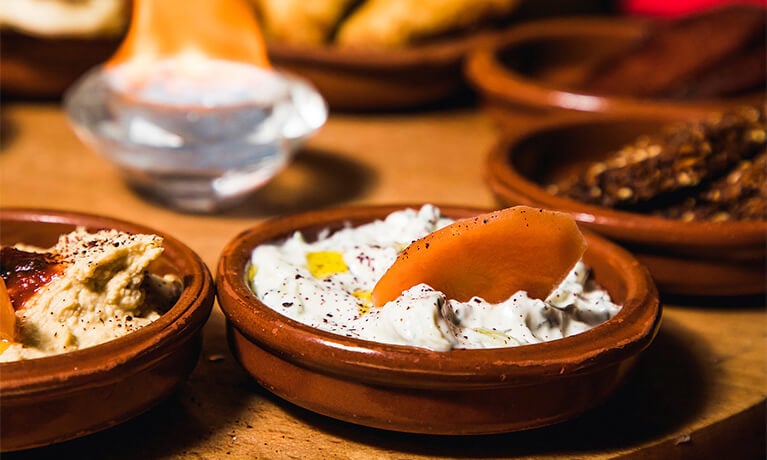
accommodation ideal for your visit
tourist information centres
Stamford Arts Centre
The friendly box office team are on hand to help with local information, hand out maps and information about places to visit, where to eat, what’s on in and around Stamford and, of course, where to stay! They have a full range of traditional souvenirs of Stamford together with town trails.
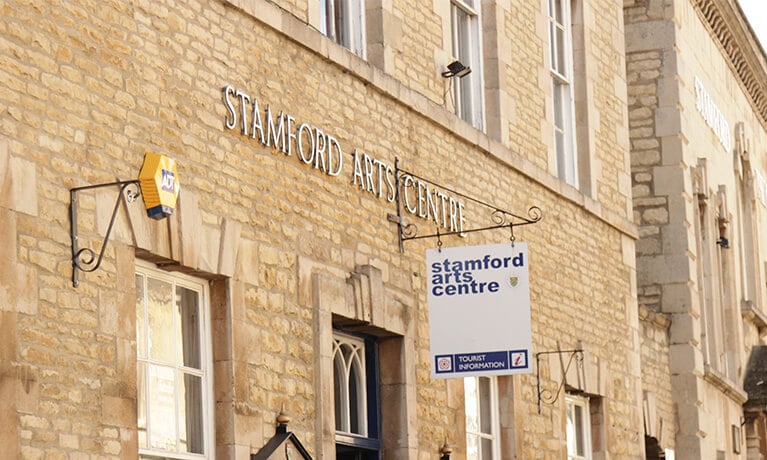
try these local cafés, restaurants & leisure facilities
Inspire your next visit to Stamford with these links to a selection of quality independents. From delicious food to unique antiques, quality craftsmanship family friendly settings, there are so many hidden gems for you to enjoy.
more about the South Countryside
Discover more information about things to do, food and drink and places to stay in the area.
